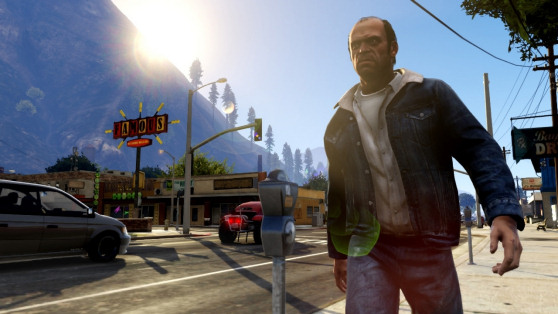This post has not been edited by the GamesBeat staff. Opinions by GamesBeat community writers do not necessarily reflect those of the staff.
“Twice as big as our previous world!” “City completely re-created to scale!” “THIS GAME IS SO BIG YOU WILL NEVER SEE EVERYTHING AND IT WILL CONSUME YOUR LIFE, JOB, AND MONEYYYYYZZZZZ!!!!” We see taglines like these all over public relations for the ever-growing number of open-world games. Franchises such as Grand Theft Auto are always creating bigger and better worlds for you to explore and get lost in while other developers put their own gigantic world spins on their keynote games. Huge worlds with tons to see and explore — what’s not to love? Well, as it turns out, a lot.
The growing sizes of our digital worlds have led to even bigger problems. Crippling bugs that range the spectrum are almost always seen in the finished products we play. Games that tout such vast landscapes also create a QA tester’s nightmare — one that is rarely given the attention it needs due to deadline demands. Technical issues aside, pacing is poorly handled, and games eventually feel empty no matter how much stuff is going on in them. With huge worlds come mission structures spaced out so far you need 10-minute trips to reach them, and once the novelty of stealing a car or punching a civilian wears off, you are left with a world devoid of anything except busy space. You long for options to quick travel, and all that world’s size ends up becoming is an obstacle to progressing through the game.
Yes, ladies and gentleman, I’m telling you gigantic open worlds hurt some fundamentals of gaming. Sure, you can do a helluva lot in a Grand Theft Auto compared to other games, but it is rarely if ever great at the mechanics of gameplay. Shooting and driving are all subpar experiences when compared with their respective genres, and narratives suffer due to distance, lack of focus, and too much clutter.
It seems the only reason to create these huge worlds is to use them as a selling point regardless of what inhabits them: Big is the goal so that developers can say theirs is greater than yours. But the massive open-world concept isn’t what’s to blame; it’s when the developer allows the scale to control every aspect of how the game is created that problems arise. I honestly feel that at times, developers look at their game and think that because of how much content there is, we will overlook glaring technical and mechanic issues. All of this could be avoided by taking a step back and not biting off more than they can chew, especially when smaller open worlds tend to work so much better. A good example is Batman: Arkham City, which gives you the open-world feel but still manages how the space is used in relation to the narrative. This allows the creators to focus on what truly matters. There are no bugs to ruin your experience, and the gameplay is airtight. This is only one example, but in my experience, it can be applied in general terms across the gaming landscape. Smaller open worlds do nearly everything better than their massive counterparts.
This isn’t to say things aren’t going to evolve as technology grows, but even the vaunted Grand Theft Autos suffer from being needlessly big and using weak mechanics. Developers would benefit from dialing back games and tightening what they have as opposed to going big with no sense of what to fill their ideal worlds with. The buggy end products and day-one patches that fix little to nothing need to stop, and although these problems aren’t specific to open-world titles, those are the games that suffer the most.
With smaller scope and better focus, we get a better game. Size matters, but more often than not in gaming, smaller wins.



